Steer where polystyrene and polypropylene are two of the synthetic polymers the most widely used in an industry under study. Corresponding features, properties, and other aspects are there that are similar, but there are (also) unique characteristics that distinguish them which specify their diverse uses. Our detailed study of both items, ‘Polystyrene’ – ‘Polypropylene’ will cover the main points regarding their materials, applications, and the benefits they offer to readers. The goal of this is to help them get to know their peculiar strengths and weaknesses.
Overview of Polystyrene and Polypropylene
Polystyrene (PS) and polypropylene (PP) are both thermoplastic materials, which indicates that they can be softened and reformed numerous times without changing their chemical composition. This capability makes them suitable for multiple applications, as they can be easily molded into different shapes and configurations.
Physical Characteristics
- Density and Weight
The melt temperature of a polymer is one of the most crucial factors used in determining its processing characteristics and potential applications. Polystyrene is one of the plastic polymers with a relatively low melt temperature, which is in the range of 180-200°C (356-392°F), which can be processed and molded very easily.
On the other hand, polypropylene has a higher melting temperature, which is usually 160-170°C (320-338°F). Just a slight differential in the melting point level enables the product to be processed successfully at lower temperatures, which, in turn, helps save a production facility some money, i.e., on energy.
- Melt Temperature
The melt temperature of a polymer is one of the most crucial factors used in determining its processing characteristics and potential applications. Polystyrene is one of the plastic polymers with a relatively low melt temperature, which is in the range of 180-200°C (356-392°F), which can be processed and molded very easily.
On the other hand, polypropylene has a higher melting temperature, which is usually 160-170°C (320-338°F). Just a slight differential in the melting point level enables the product to be processed successfully at lower temperatures, which, in turn, helps in saving a production facility some money, i.e., on energy.
Mechanical Properties
- Impact Resistance
When panache is being talked about, one can recognize specific behaviors in both the English and German languages because they are spoken differently from country to country, and even from place to place within a country. An example to mention comes from the fact that the varieties of English in England differ in pronunciation, vocabulary, and even grammar from the English spoken in the USA. Similarly, Austria is not the same as dialects spoken in Vienna and Graz.
By the way, one of the most peculiar qualities of polystyrene is that it can be converted into foam form, which is the most used form of polystyrene or PS in most places. Strictly speaking, nearly 60% of PS consumption in construction companies goes for example into insulation. Meanwhile, in a more integrated approach, in the construction industry abroad, as much as 50% of PS can be used for DIY. Hence, solely in construction activities, every country uses PS for construction.
- Fatigue Resistance
Polypropylene is the epitome of an ideal sleeping champion; therefore, it is able to remain in its initial shape and keep its force constant even under the influence of the external power of stress and deformation. This property causes it to be a good choice for the things that require flexible hinges or boxes that undergo frequent opening and closing cycles, such as bags.
Although polystyrene still maintains the ability to bear certain stresses, it tends to wear out more quickly when the external stress applied is repeated. As a result, it is not able to be used in scenarios where long-term durability and cyclic loading are crucial.
Chemical Resistance
Primarily, chemical resistance is a major determining factor in assessing the adaptability of different materials to various fields, most especially in chemical, pharmaceutical, and cosmetics industries.
- Polypropylene Chemical Resistance
Polypropylene shows exceptional chemical resistance, especially towards bases and organic solvents. It is capable of surviving contact with a large variety of bases, one, in particular, being the strong alkali, sodium hydroxide (caustic soda), potassium hydroxide, and others, not significant degradation or chemical reactions.
This feature of excellent chemical resistance makes polypropylene a good material for laboratory equipment, medical containers, and other applications where there is a risk of chemical interaction.
- Polystyrene Chemical Resistance
Polystyrene does have some resistance to chemicals, but it is usually better at resisting bases than acids. The material can withstand low to medium levels of basic chemicals without any serious damage.
Nevertheless, polystyrene is not that effective against acidic substances. It might disintegrate or chemically react upon exposure to heavy acids, therefore its limitations in handling acidic environments or corrosive materials remain a fact.
Thermal Properties
- Heat Resistance
Polypropylene has better heat resistance than polystyrene. The product can be treated with hot things at higher temperatures without any significant change or loss in quality. Polypropylene has a melting range of typical temperatures 160oC-170oC (320-338oF) retaining its structure and integrity at elevated temperatures.
Polystyrene with its melting point of some 180-200°C (356-392°F) is not that heat resistant i.e. it has a lower heat resistance. While it can still perform well in many applications, it may become softer or more pliable at higher temperatures, potentially affecting its dimensional stability and performance.
- Electrical Properties
Polypropylene stands out in terms of electrical resistance, thus making it a reliable insulating material. This property allows for the safe use of the electrical and electronics industry, where insulation is a primary requirement for safe and efficient use of equipment.
Polystyrene also has good thermal insulating properties, though not as good as polypropylene. However, its lower cost and processing ease make it a viable option for those electrical applications where cost is a primary consideration.
Optical Properties
- Transparency
Polystyrene’s high optical clarity enables its use in applications requiring transparency. Clear polystyrene is mostly used in labware, covers, and clear protective packaging where visibility is essential.
Polypropylene, although not as transparent as polystyrene, gives enough transparency for many applications. Nevertheless, it may not be the first option for applications requiring absolute clarity.
Manufacturing and Processing
- Ease of Shaping
Polystyrene is well-known for its easy manufacture and molding properties. It is a highly flexible material which can be formed into various complex shapes, thus it is perfect for making model assembly kits, cd cases, and many other consumer products.
Polypropylene is still moldable but slightly higher processing temperatures and pressures are required. This may be the reason that some applications will have higher manufacturing costs, but its better mechanical properties have always been a strong reason for such increased costs.
Environmental Considerations
Polystyrene and polypropylene can both be recycled; however, the latter’s recycling infrastructure is less developed in some areas. This aspect has to be taken into consideration when selecting one of the two materials for environmentally benign projects.
Nevertheless, the environmental consequences of both materials cover much more than just recycling. The points like the energy consumption for producing the products, the raw material sourcing, and the end of life disposal should also be included in the analysis of their overall sustainability.
Applications and Industries
- Polystyrene Applications
Polystyrene is widely used in different industries due to its versatility and low cost:
- Food Service Industry: The standard polystyrene items like disposable cutlery, plates, cups, and packaging materials are very much light and easy to form that are benefited.
- Building Insulation: Polystyrene is a good insulator, as it allows the walls to keep the house warm in winter and cool in summer.
- Packaging: Apart from that it is mostly used for clear packaging, labware, and optical devices due to its optical clarity and lightweight.
- Consumer Products: The model assembly kits, CD cases, and so forth use polystyrene’s design to resemble the circulated shapes that are easily made.
- Automotive Industry: However polystyrene is not as often as polypropylene used in car dashboards and instrument panels because of its lightweight and insulating properties sometimes, are used polystyrene.
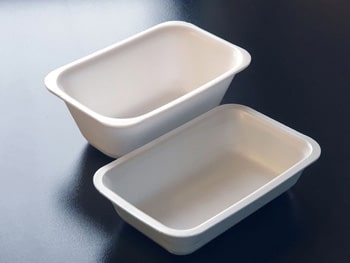
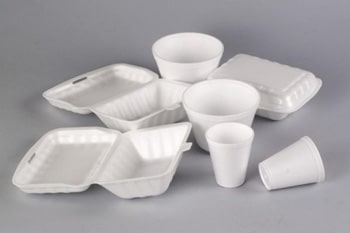

- Polypropylene Applications
Polypropylene’s innate mechanical superiority and chemical resistance are why it is preferred in different sectors:
- Automotive Industry: Polypropylene’s durability and resistance to chemicals help car bumpers, interior trim, and battery cases.
- Medical Field: Polypropylene’s superior chemical resistance helps to prevent contamination of syringes and medical containers.
- Textile Industry: Polypropylene fibers catching moisture make it ideal for thermal underwear, sportswear, and ropes.
- Household Appliances: Containers for hot-filling dishes in the microwave oven and dishwasher-safe kitchenware that use polypropylene’s heat resistance are also available.
- Electrical and Electronics: Polypropylene’s superior electrical insulation properties contribute to its broad application in several components in these industries.
- Industrial Equipment: The chemical resistance and durability of polypropylene are the basic reasons of its common usage in machinery and equipment.

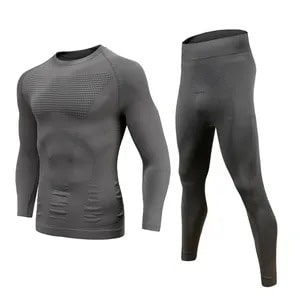
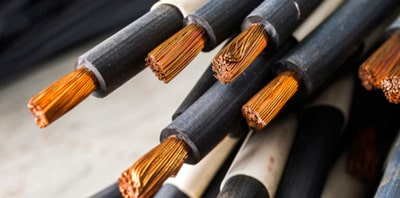


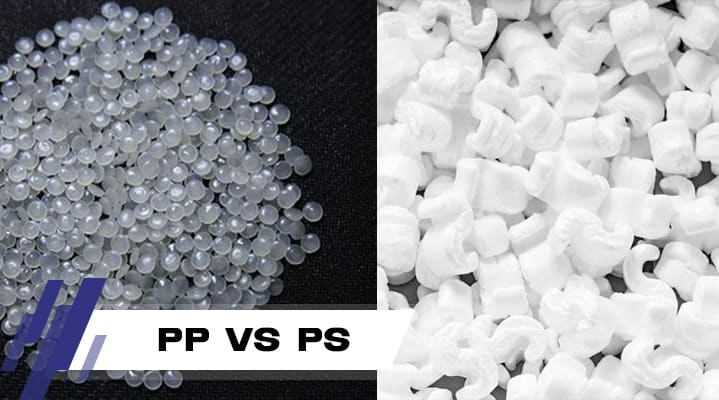
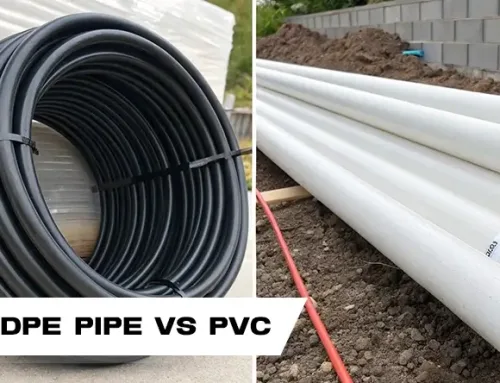
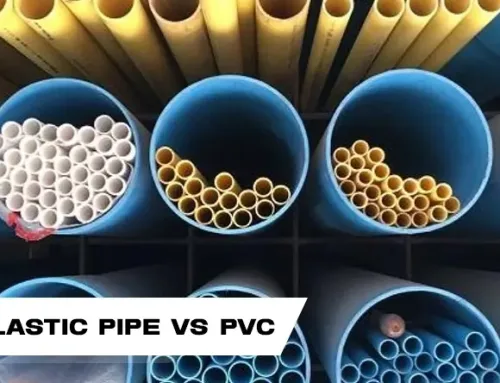

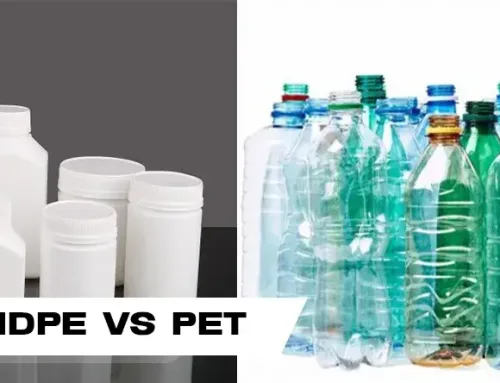
Leave A Comment